Thomas Jachmann has been with Siemens since 1996 and started his long journey within the Siemens industry sector as a Software Developer. For almost six years, Thomas is leading a team of software developers for intelligent scanning and acquisition in the field of Computed Tomography at Siemens Healthineers in Forchheim, Germany. He manages a large global SW development organization and is ensuring the execution of the projects as well as driving the strategies required for the implementation of the software platform for all Siemens Healthineers CT scanners. During his visit to the CT team in Košice he also found time in his agenda to talk about his work in the company, about the team from the metropolis of eastern Slovakia, as well as his plans for the future.
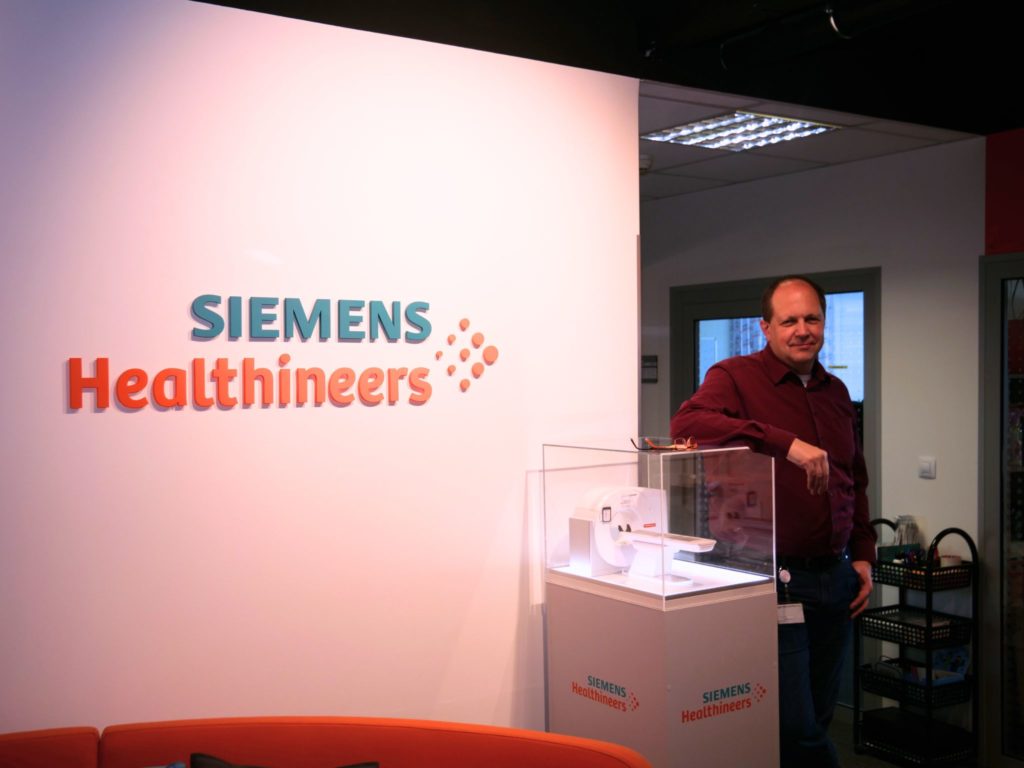
Siemens Healthineers
Thomas, you have been with Siemens since 1996. You started as a developer and gradually worked your way up to Siemens Healthineers. What has this journey entailed?
The path to Siemens Healthineers led through several interesting positions. To be precise, it started with an internship at Siemens back in 1992, while studying at the university. In 1996, I joined as a developer at Siemens Industry in a pre-development and research team. My teammates and I realised very early on that a massive threat to successful projects were technologies were used inappropriately in projects. This was back in the days of C++, COM and we were among the first users of .NET. We created a team of technology experts to support the teams in proper utilization of (new) technologies. Unfortunately, in many cases the proper use of technologies applied a lever that came too late, as many problems were already created at the definition time of the architecture. Back then, SW architecture was in its early years and was seen as more of an art than a skill. This gave our team an important second leg up – the architecture, which helped us to get involved in its creation from the very beginning, and thus could set the right direction for Software development.
If there was a caveat on the job, it was that I missed seeing how we put our final product into the customer´s use.After a few years, when I got to Energy Automation (EA), I was closer to the customers. At EA, I was asked to take responsibility for establishing an architecture organization. It started with two teams, one in Nuremberg and another one in Berlin. In retrospect, our teams jointly set the trends for defining Software architecture and this was mainly since they consisted of experts from different fields. We had a Hardware architect, a Test architect and even a Documentation architect. Our team also included usability experts, which allowed us to find the right balance between architecture and usability. At that time Siemens management also recognized the importance of SW architecture in the success or failure of complex projects. It was the birthday of a Siemens-wide Senior Software Architecture curriculum, which involved me to become one of the founding fathers of that still highly successful program.
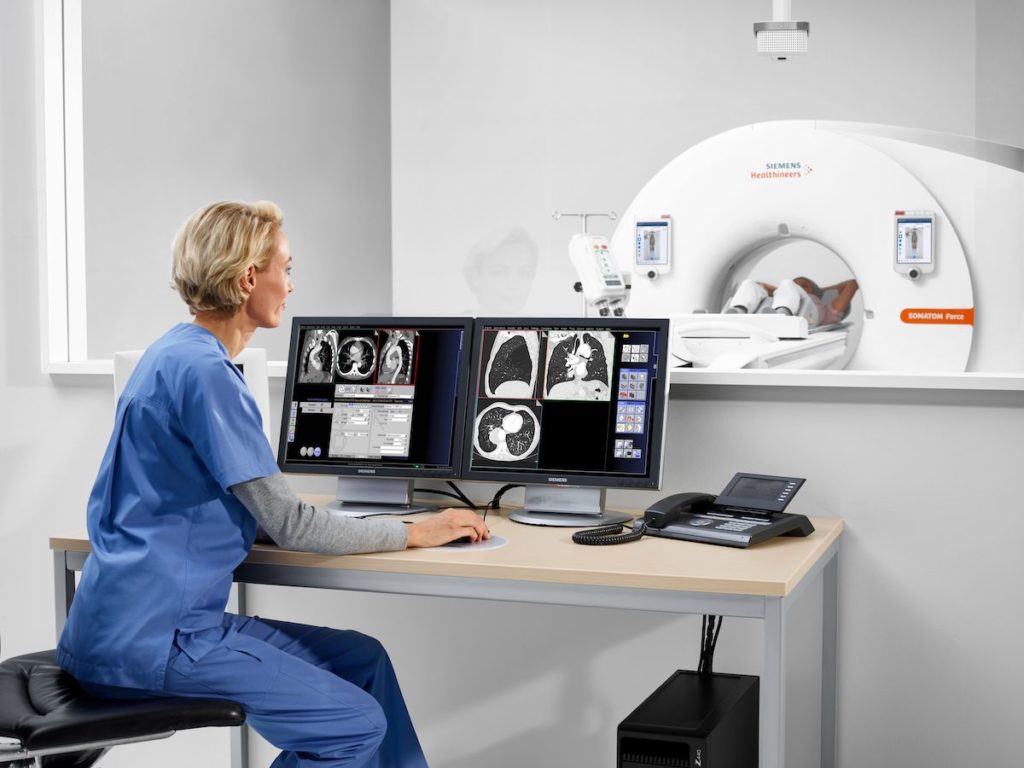
After a couple of years of leading SW teams, the opportunity arose to join Product Lifecycle Management, where I was responsible for the engineering products of protection devices of high-voltage, medium-voltage, generators etc.. As it happens, after two years I moved again as a new opportunity came up to experience different cultures. So my wife and I ended up in Buffalo Grove, IL, USA, where I headed the software development department for building automation.
Some years later and a quick detour through Germany, we relocated again to Switzerland to allow me to lead Software development in Siemens Building Technologies headquarters.
Finally (now with my 2-year-old son) we returned to Germany and took up my current position at Siemens Healthineers, which offers me the opportunity to work on a great product with amazing purpose, as diagnostic imaging is crucial for the best possible treatment of patients.
After 25 years in the company, it is visible, how from my perspective Siemens is slowly but steadily transforming into a software company. In the past I would have said „Software is eating the world”, but now I tend more to the term “Software Is the World”. This is simpler said and done in a SW only environment, but we deal in regulatory medical world and a complex cyber-physical system of systems with a lot of challenges that make our lives exiting every day.
At Siemens Healthineers you are involved in Computed Tomography, and you also lead teams in China and in Slovakia, i.e. in Košice. What specific CT machines are being developed by Siemens Healthineers experts in Košice?
We are a global team of partners who are developing this massive SW platform with local responsibilities for its parts. The team at Košice is a strong SW development partner who owns certain areas of the SW platform and develops them forward. The platform itself is then the foundation for all modern CT based scanners of Siemens Healthineers (that also include the Hybrid scanners of Molecular Imaging, namely the SPECT CT and PET CT scanners.
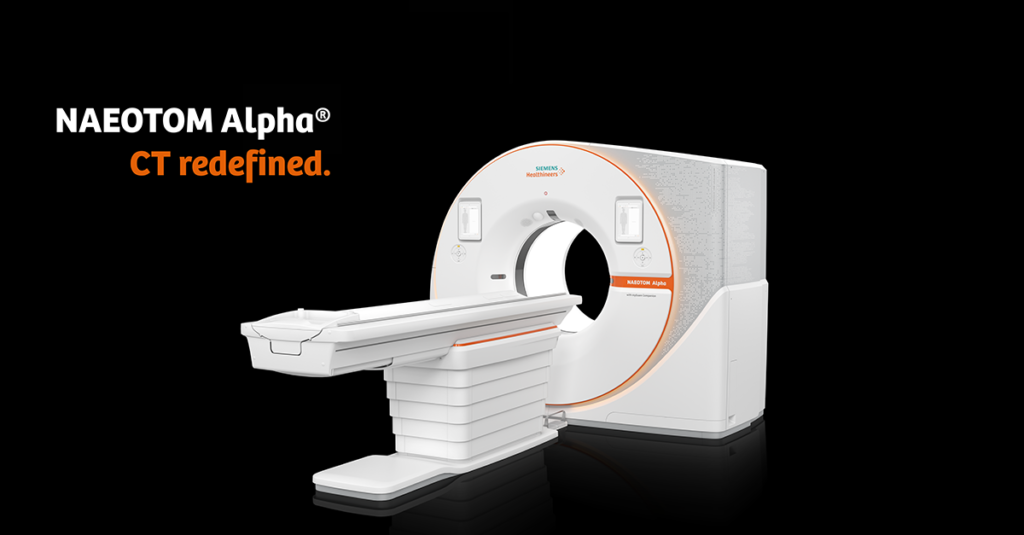
Computer Tomographs are an important modality of each radiological department in hospitals and independent radiologies. The importance of CT lies in the flexible usage to determine in a very short period of time the right treatment based on a radiological report. A good example would be a mobile CT scanner that can be brought to patients. Also, when time to diagnostics is important, e.g., in case of stroke patients, where time is crucial. Due to their medical condition, they have a limited ability to move around, and it is the mobile CT that can diagnose the patient faster and more conveniently. This is because it allows the examination to take place directly in the intensive care unit – directly at the patient’s bedside.
The team in Košice is strongly involved in the development of Software for such a revolutionary CT scanner as well as for its future versions.
What makes the NAEOTOM Alpha CT scanner special for clinical practice? What is the principle on which it works? How were Siemens Healthineers’ unique technological innovation developed and what role did specific joint research with other experts globally playing in this?
At Siemens Healthineers we are passionate about bringing our customers innovative products to overcome barriers to diagnosis. That’s why we always offer comprehensive solutions that redefine the future and provide which this superior support to the patients. The development of conventional technologies used nowadays in CT machines have. In the case of NAEOTOM Alpha, the world-wide first Computer Tomograph based on photon-counting technology allows a quantum leap in CT based diagnostics through higher resolution images with lower noise, and at the same time lower dose.
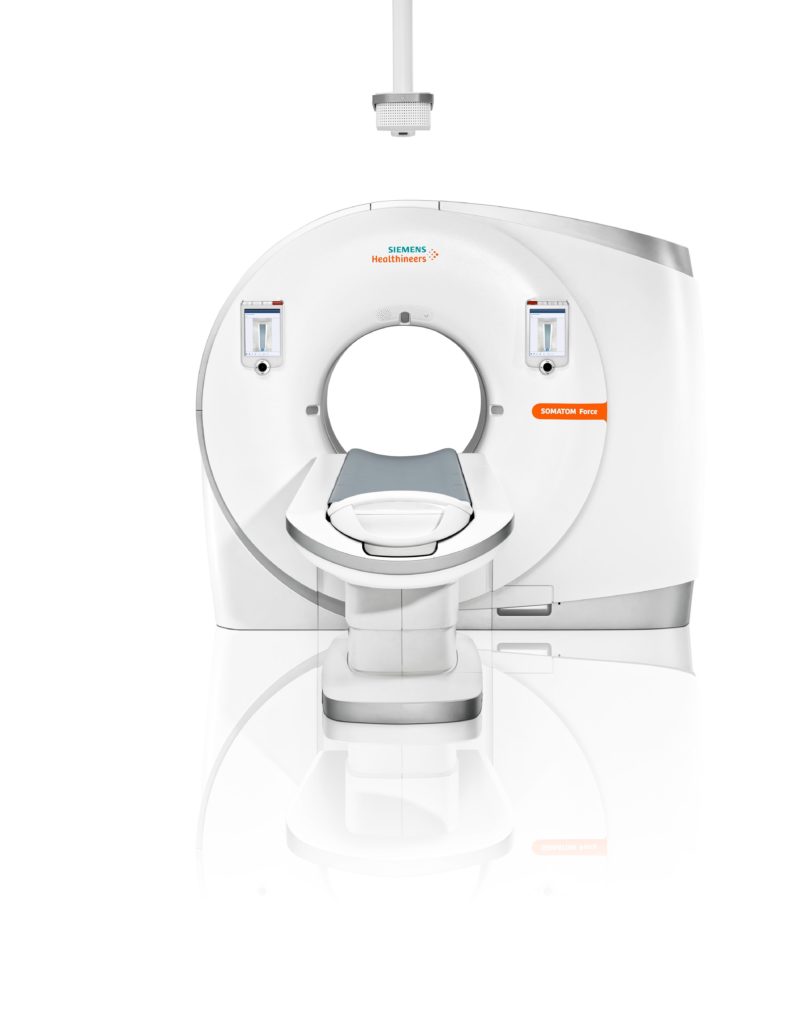
With the use of photon-counting technology, it is possible to achieve a direct conversion of X-rays into an electrical signal via a crystal semiconductor, which opens new possibilities in diagnostic imaging as each photon can be measured separately. This results in improved resolution in spatial and contrast; this allows better delineation of tumor invasion and better visualizes the enhancement of the tumor tissue.
However, such an excellent device is not easy to create, which is why it took more than 15 years of collaboration between experts from different fields. Photon-counting CT machines have been a topic of research in the entire world for many years, and Siemens Healthineers has been the first to make this product available to our customers and for the good of the patients. Many researchers have been involved in evaluating the possibilities of the Counting technology world-wide. Also, for example, we work closely with a crystal manufacturer in Japan. That is why I consider this technology to be a global success.
What other success stories for international collaboration could you share with us?
From our wide portfolio, I would like to highlight the SOMATOM Force CT scanner, which is an example of a great dual source scanner. The software was developed together with teams here in Košice, who joined the product development over 10 years ago.
The applicability of our devices in modern medicine is universal and many diagnoses wouldn’t be possible to evaluate without CT. It is like the “Swiss knife” for diagnostic imaging. For example, during the coronavirus pandemic CT imaging was crucial for diagnosing the impact of the virus to the patients.
We´ve already looked back to the past but let’s try to look forward to the future as well. What else are you preparing with your team in Košice, or what are your other plans here?
Košice is a very strong region and strategic partner for us, which is involved in the implementation of key functionalities.
The team of our colleagues in Košice will grow and will help us in the development of more great devices that save patients’ lives not only in Slovakia, but also globally. I would like to mention my colleagues from our development centre in Košice – Jan Varholík, Tomáš Čigaš, Petr Bednář, Miroslav Merčiak, but I would like to thank all my colleagues from the team in Košice. It’s great to have professional and innovative colleagues around, who come from this beautiful city.
Thomas Jachmann
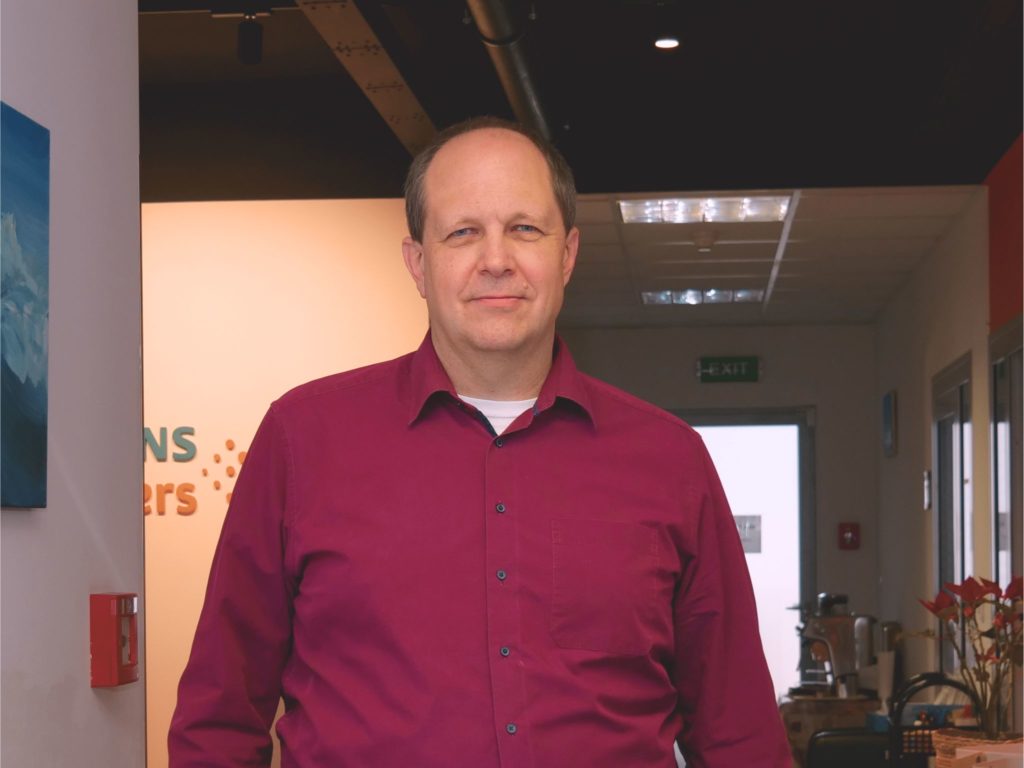
Siemens Healthineers
- enjoys travelling and photographing off the beaten paths and exploring the countryside in his hiking boots
- got back into biking after buying an ebike and enjoyes the once-a-week long rides home from office during summer times
- likes to spend his free time with his family
- he creative, using acrylic paints for miniatures and dioramas, some of which he prints on one of his 3D printers
- reads fantasy novels (Brandon Sanderson, Kevin Hearn, Ursula Le Guin, …), but prefers audiobooks due to allow listening during his commutes
- plays strategic board games as well as pen&paper roll playing for 40+ years with his friends
- recommends reading the book “The Primes” by Chris McGoff (he is even giving company internal lectures “The Primes for Change”)

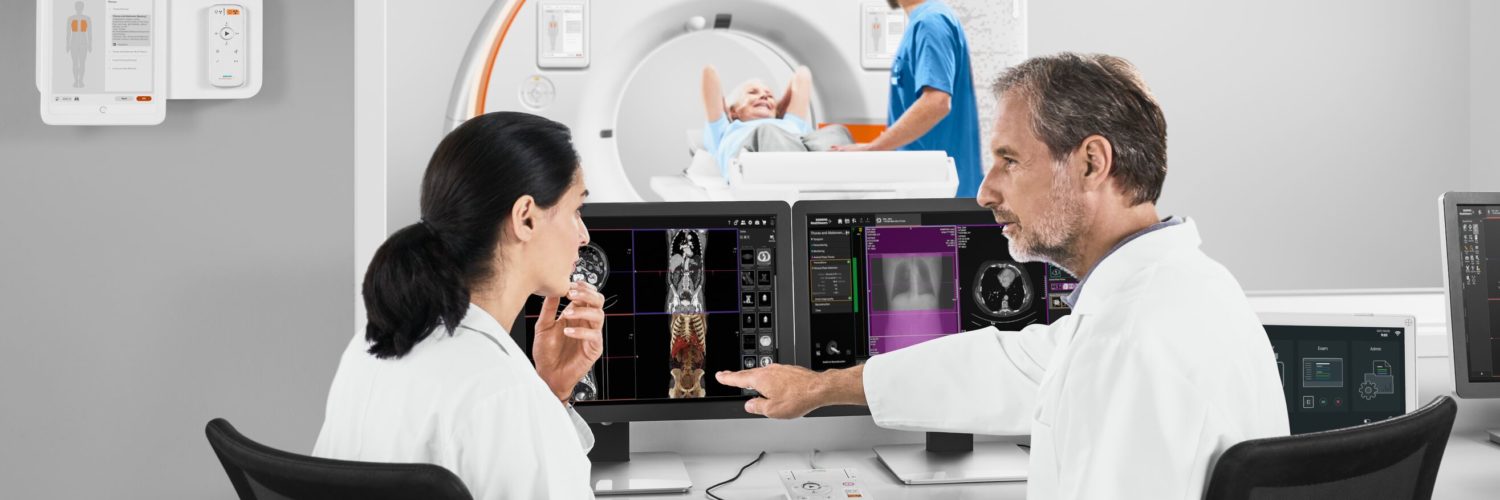
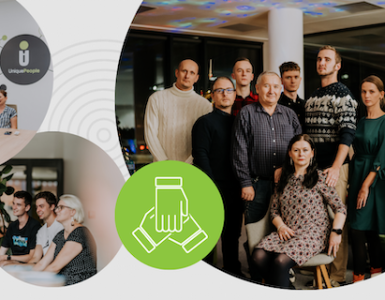
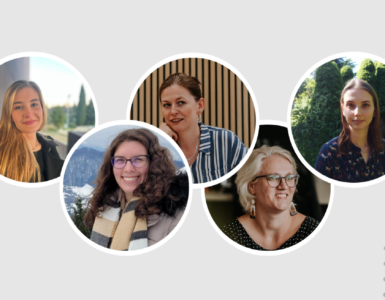
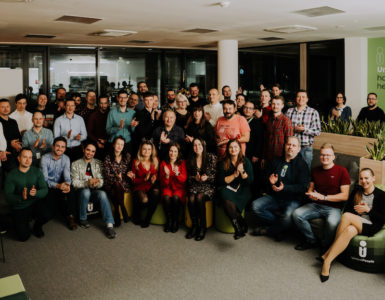





Add comment